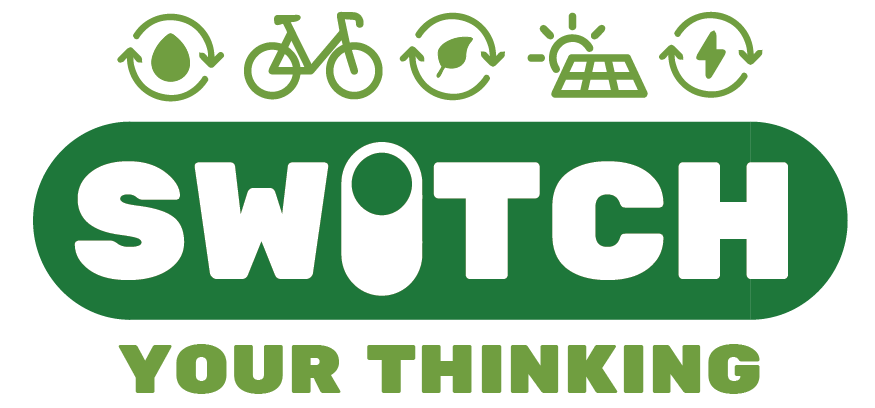A guest post by Energy Policy WA
Western Australia has some of the best renewable energy resources in the world, and many households are taking advantage of the clean affordable energy rooftop solar provides.
In Western Australia almost one in three households in the South West Interconnected System, or SWIS, (which stretches from Kalbarri to Ravensthorpe and out to Kalgoorlie) already have rooftop solar PV, and this is expected to grow to one in two over the next decade.
Rooftop solar panels are transforming Western Australia’s electricity system, and they are just the start. Batteries, electric vehicles and microgrids are all emerging small-scale devices, collectively known as Distributed Energy Resources (DER), that are changing the way we produce, manage and consume electricity in our State.
Our abundant sunshine gives us a world-leading solar resource and our rooftop panels are now the largest source of energy on the grid – about 4 times the size of the largest traditional generator.
However, to make the most of this, we need to use more electricity when the sun is shining, shifting those activities that we can into the daylight hours. We can also use these emerging technologies to make solar a dynamic part of our power system.
How can households maximise the benefits of rooftop solar PV?
Shifting electricity use to consume more electricity during the day makes financial sense for most households with rooftop solar PV – they can use free energy from the sun rather than pay for energy from the grid.
Even if you don’t have solar PV, you can help make the most of our abundant solar resources. Because we have so much solar PV installed on rooftops, a much higher proportion of power produced during the day is sourced from renewable energy. There is now so much solar PV installed that at times it is almost more than the system can cope with, so using energy in the daytime instead of the peak periods in the evening (3pm-9pm) not only makes the most of our renewable energy supply, it also helps to support the system itself. This helps to avoid or defer investment in the system, saving costs that would otherwise add to everyone’s electricity bills.
There are a number of ways that households can shift their consumption – such as setting timers on pool pumps, hot water systems, and pre-cooling homes in summer.
Some other appliances also have timers which can be set so that they can operate during the middle of the day. Have a look at your dishwasher and washing machine and see if they have this useful functionality.
When buying or installing new devices, ask how to set the timers. For existing products and appliances, information on how to set timers can be found in the product guide as well as online.
With the rapid uptake of especially solar PV systems, this presents both opportunities and challenges to our current power system. So in April 2020, the State Government released its Distributed Energy Resources (DER) Roadmap which sets out a pathway to a future that integrates these distributed energy resources into our electricity system.
Useful information
To find out more about the DER Roadmap visit www.brighterenergyfuture.com.au
For practical tips on how you can manage your energy use visit www.wa.gov.au/government/multi-step-guides/household-and-small-business-energy-tips
Energy Policy WA provide policy advice to government to facilitate the delivery of secure, reliable, sustainable and affordable energy services to Western Australians.
